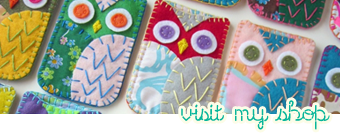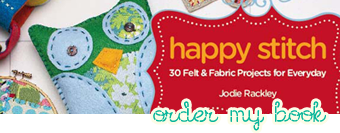
Wholesale can be a great way to boost your sales, gain exposure, and generate a steady income if you're looking to craft full time. I saw this thread in the Etsy forums about Wholesaling and thought it would be helpful to those thinking about branching out and doing some wholesale.
Here's a few questions to think about when setting up your wholesale program:
1. Your minimum order? By price or items?
I offer a fairly low by price minimum first order and no minimums on reorders - Why? I want buyers to be able to try out new items and see what works for them. I sell all over the country and some items just do better in different locations. Chances are if your goodies sell like hotcakes they'll be back for a larger order next time around, you want to build long term relationships with your shops & buyers. They might not always need to purchase $300 worth of goods from you but simply want to restock for a full display. Full displays and product runs help to sell products.
2. Your price point (% of your retail price)?
Wholesale is generally 50% off retail prices, this is quite standard, be sure to price your items so you're still making a profit, if you find you aren't getting paid for your time & materials or certain items are in higher demand, its time to up those retail prices. If you sell necklaces on Etsy for $8, wholesale will be $4 + your time & materials. You probably want to double, maybe even triple your retail price. Boutiques have to double your wholesale price in order to pay for the merchandise and make a profit.
3. Your pricing tiers?
I don't offer pricing tiers, just a straight discount since my items are relatively affordable at both retail & wholesale prices. I think pricing tiers would work best for higher priced items that are made in more limited quantities such as high priced bags & jewelry. If you'd still like to offer your items at really affordable prices such as the $8 necklace this might work for you as well - don't offer wholesale pricing just offer tiered discounts such as 10% off $100 order, 25% off $250 order, etc.
4. Your return or buyback policies, if you have them?
No returns or buybacks. I think it might be best to offer an even dollar amount exchange. If a buyer had purchased some items that are not working for their shop, they might exchange for different items equal to that pricing amount.
5. Do you include suggested retail pricing?
I include wholesale price and suggested retail pricing in my wholesale catalog. Suggested retail pricing should remain relatively consistent between your Etsy shops, b&m shops, & craft shows. Your shops don't want you selling the same items for cheaper, even though they may mark it up higher than your retail price - that seems to be just the way she goes.
6. Do you put suggested retail price on the product?
I leave all hang tags and packaging unmarked, shop owners will often mark up past your retail prices and that should be their choice. From what I've seen, most shops with stick with your suggested retail pricing. Plus they may have their own barcodes, labels, etc that they want to add to your existing packaging.
7. How do retailers place orders?
I have a line sheet in my catalog that buyers can mail in or fax, offer wholesale direct on Etsy through a wholesale section, or just invoice via Paypal - Paypal has a nice invoicing tool available. Accept company checks as well, some buyers don't want to pay with cards and prefer checks for book keeping purposes. You might want to offer Net 30 terms and send your customers a bill. In most cases its best to get paid up front for all wholesale orders. If a buyer is serious about purchasing with you and has worked with small labels or designers before they should expect to be billed up front.
8. What are some creative ways to approach retailers?
Most accounts I've gotten simply from marketing online. I've also found offering wholesale direct on Etsy to be quite helpful. Of course, you can always mail a catalog & press pack, or approach neat shops in person - find out who the manager or store buyer is ahead of time and make an appointment. If meeting in person, be sure to bring some samples and a catalog, they want to see all your cute goodies!
9. How much do you charge for shipping & handling?
You might want to offer a shipping discount for wholesale, its a nice way to give customers a break. Charge a flat fee or just simply calculate based on location. I offer a flat shipping fee for wholesale, my items are relatively lightweight even in big bunches and well, it's just easier that way.
10. How quickly do you fill orders?
Turn around time varies depending on pending orders but I try to have about a week turn around time, two weeks at the most. Customers don't like to wait forever, so try to be prompt and stay within deadlines. Not sure if you'll have time to meet a deadline? Over estimate and try to come in under your deadline!

If you think you're ready to Wholesale, take the time to get together a nice catalog & linesheet, it gives you a professional look and helps to outline all your information and product offerings.
Be sure to include:
Photos of your items & descriptions - What is it? What is made out of? Size? Pricing?
Keep in mind your branding, if you have particular color schemes, fonts, logos, make sure your catalog reflects that.
A line sheet - include names of your pieces, a brief description, quantity, pricing, & totals. This is also a good place to outline all your wholesale terms discussed above.
Tell your buyer something about you - who you are, what you make, and any other quirky info!
Where else you sell your work - shop names & locations.
Any noteable press!
Hope this little overview was helpful! Anyone else have some great advice or tips? Be sure to leave your wholesaling wisdom in the comments below!















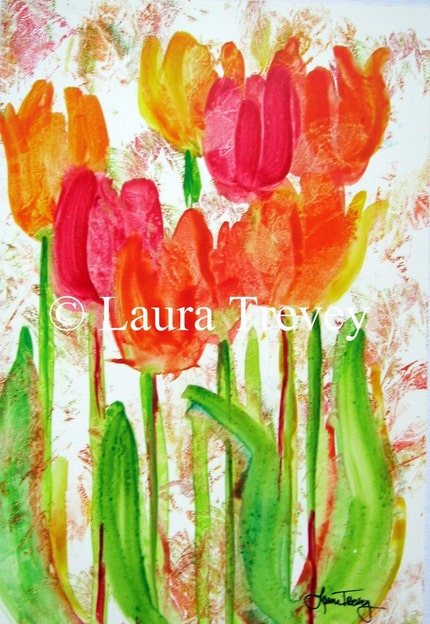
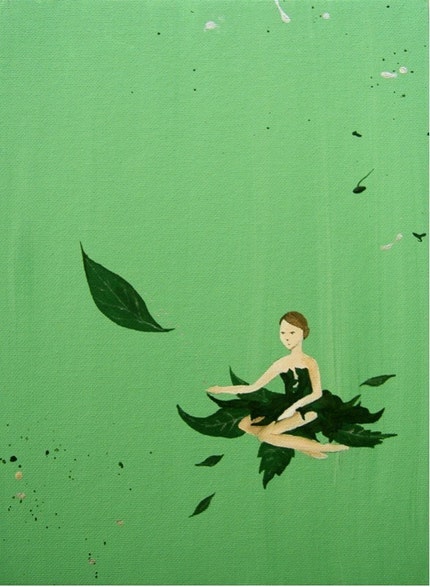
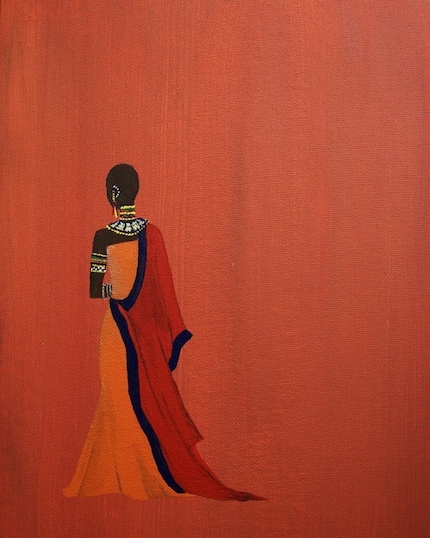















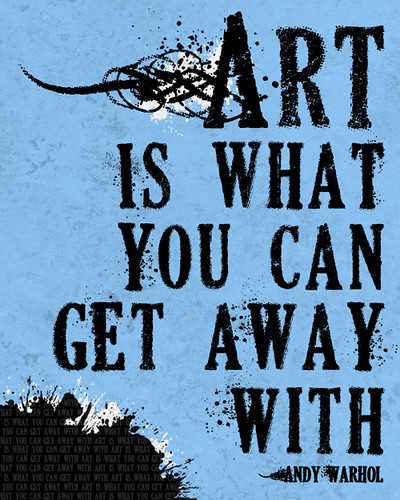




 By Amanda Schoenberg Journal Staff Writer
By Amanda Schoenberg Journal Staff Writer 

![[MARKET_Sherry_Ward_200x211]](http://s.wsj.net/public/resources/images/OB-BP859_MARKET_20080612154609.jpg)
![[MARKET_Samantha_Kuykendall]](http://s.wsj.net/public/resources/images/OB-BP853_MARKET_20080612153853.jpg)
![[MARKET_Pamela_Larson_Toscher]](http://s.wsj.net/public/resources/images/OB-BP864_MARKET_20080612155211.jpg)
![[Popular online marketplaces]](http://s.wsj.net/public/resources/images/SM-AA194E_CRAFT_20080612154448.gif)

